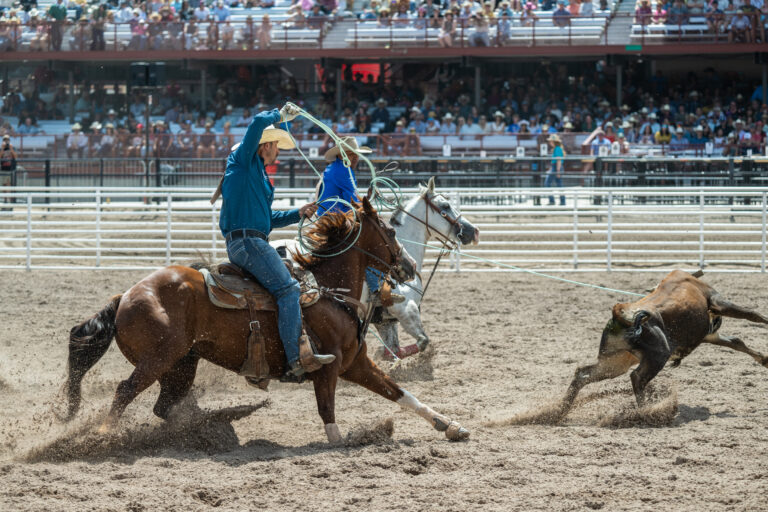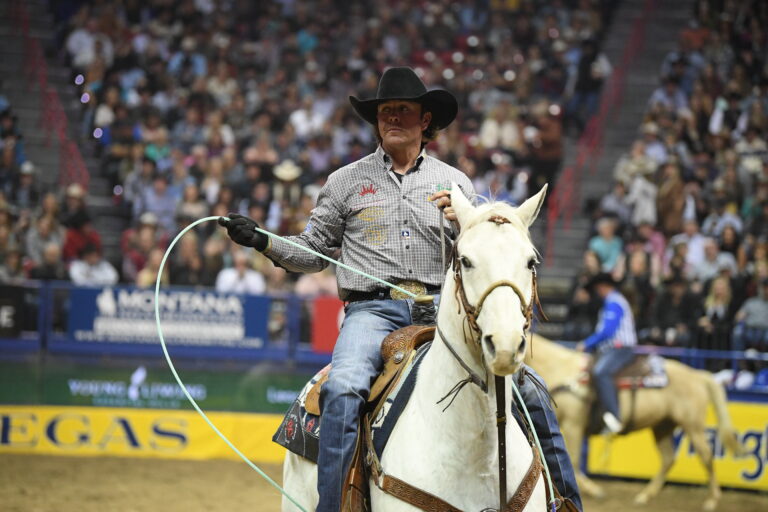Using your horse, to me, means kicking and roping at the same time to get the most out of your horse running to the steer. I observe a lot of team ropers leave the box, and a guy will leave the box and only kick and ride their horse so far. When you’re done kicking, that tells your horse to quit running. How your horse is responding to you throughout the run, and how you are signaling him, affects the way he works and the way you rope.
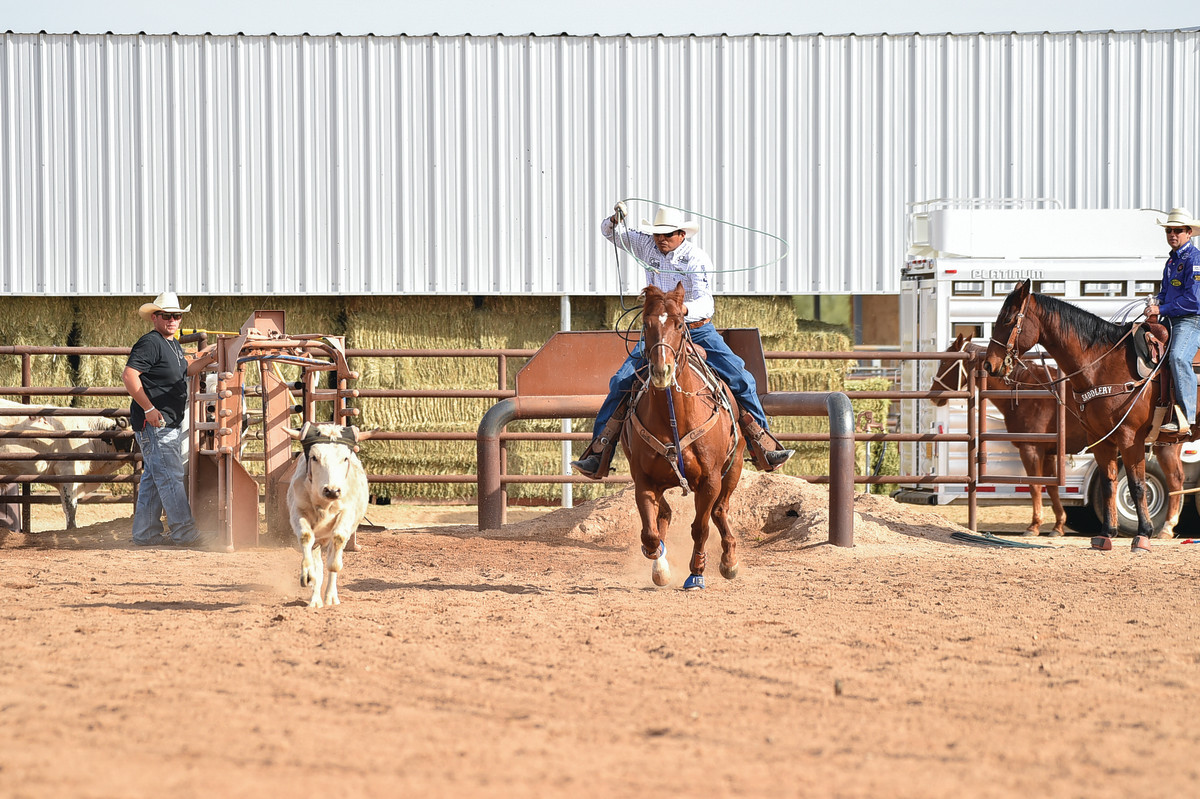
1. On my horses, I like to switch it up. I’ve been learning more horsemanship as I go along. For example, yesterday, I rode my head horses and I didn’t kick them at all. I let them do it themselves and enjoy it. I got a lot of run out of them that way. But at a rodeo, I spent a lot of money on my horses and my fees so I want to get everything I can out of them. So I’m riding them to a spot. The last thing you want is a horse checking off three strides before you want them to.
READ MORE: Buckle Up with Aaron Tsinigine
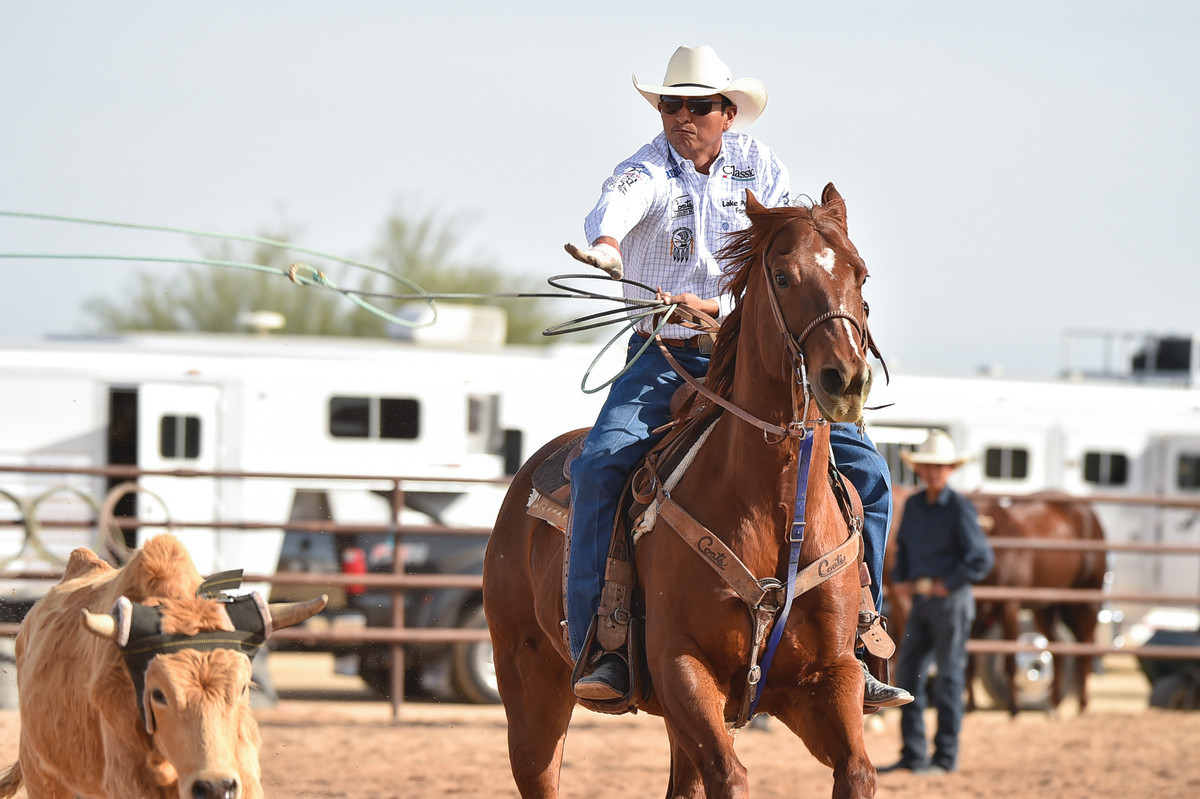
2. When I rope on them in the practice pen, after I rope, I move my horse forward about two strides with my left foot and then let them get into their move right there. By the time I get to the saddle horn, he’s getting on his hind end and bringing that steer around. If he were to check off before I wanted him to in that situation, that could cause me to wave it off their right horn or their left horn sometimes. It’s a big thing for me to place my slack and get a hold of the steer.
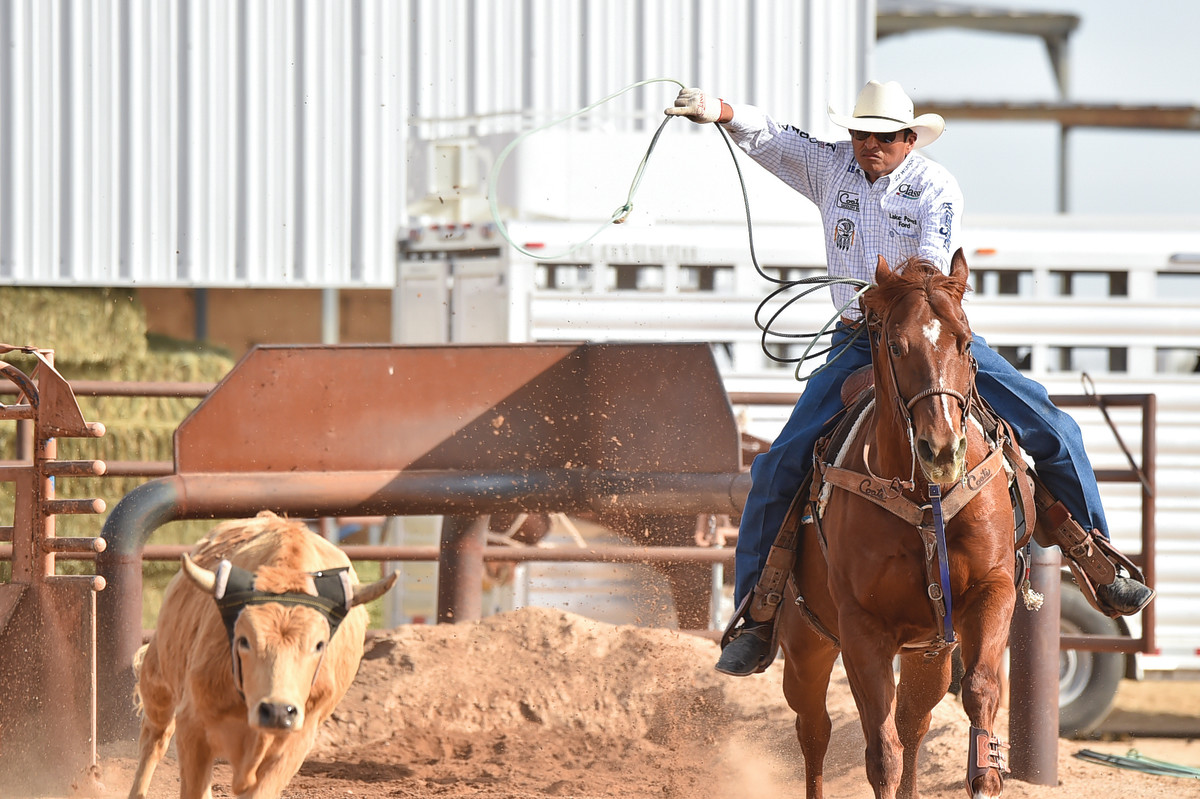
3. When I was practicing for the Finals, I’d turn five steers in a row really fast, and then I’d pretend I just needed to catch the sixth steer. I’d back in and run him all the way in there and rope them. The first two or three times, my horse was already short and leaning to the left on me. But after about three days, I’d do the same thing and pretend I needed to go catch the sixth steer. By the third day he wasn’t pulling on me—he was just responding. I’d turn two or three fast then go back to just wanting to run in there. The good horses are smart—though not all horses can do that. It’s good to find out if yours can, and something really important to work on.
READ MORE: Freeze Frame with Aaron Tsinigine
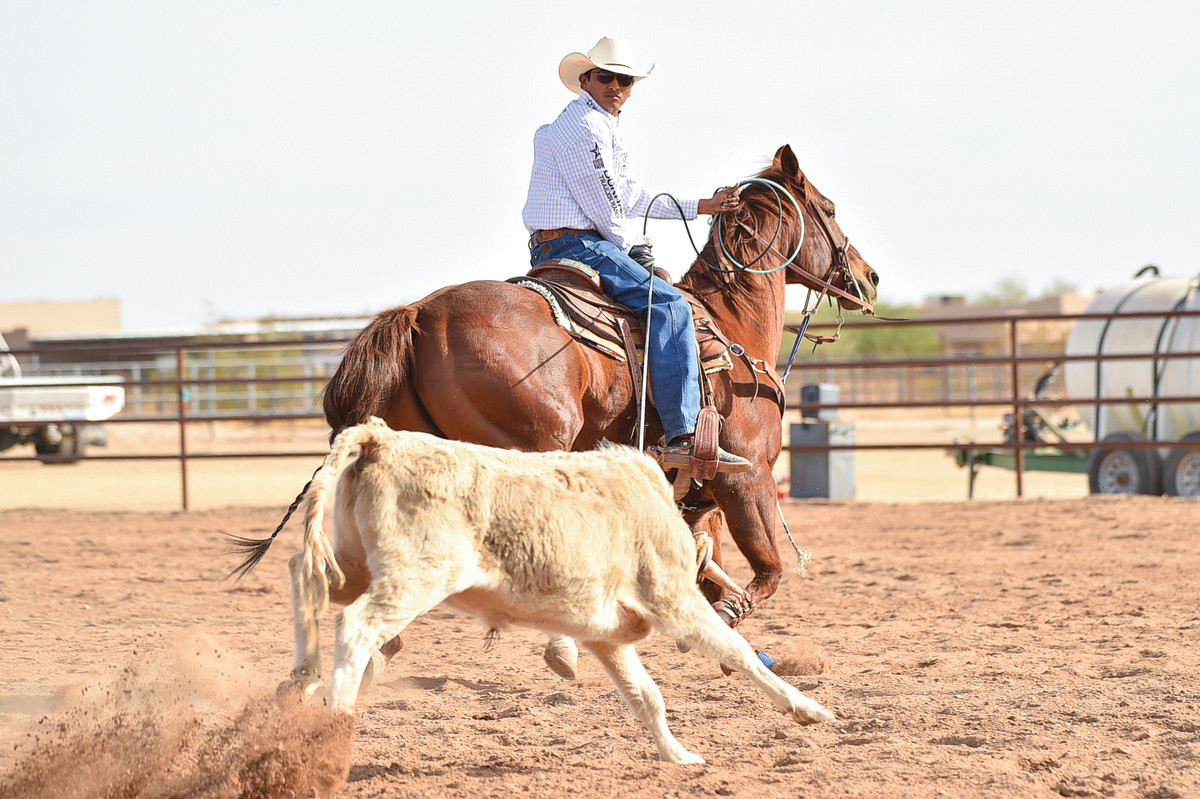
4. Having a horse that stays listening to me means my partners learn to trust me and know I’m not going to jerk their steer away from them. When your horse gets strong and running off, as soon as the rope is hitting the steer, you’re getting a hold of the steer that fast and that puts your heeler behind. They can read it a lot better when your horse sets the run up instead of you trying to jerk the steer away from them.
READ MORE: One on One with Aaron Tsinigine
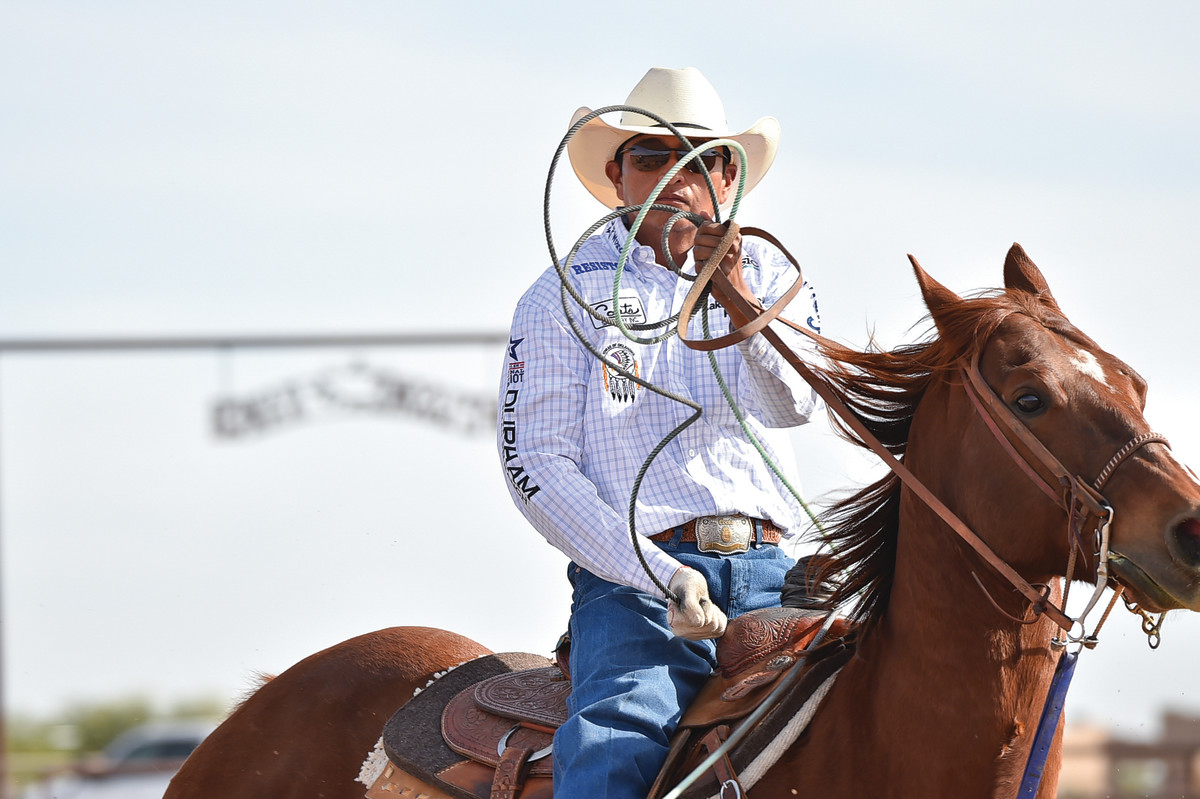
5. When we talk about using our horses, most of the time it’s in relation to pushing them with our feet. But it’s also about what your left hand is doing. When I leave the box, my left hand goes forward, over his mane. I keep it placed right in the middle of his neck. If I have my rein over to the right, that’s telling me my horse is trying to duck. When I throw and pull my slack, I grab my coils with my slack hand, and I did that at the 2009 US Finals. Me and Brock (Hanson) were high team back, and I wasn’t paying attention to my horse steer after steer. We had to be 8.5, and instead of having my horse freed up, I was pulling to the right as hard as I could, and on that last steer my thumb went through my coils on my left hand, and I waved it off. I still do it now and then, but when my hand is over my mane, that’s better. As soon as I pull my slack, I like to roll my hand straight up forward and dally and let my horse get into it himself instead of having to rein off. That helps him better. If I just roll my hand straight up in front of my eyes and let him get into it, then my horse is doing it on his own.





